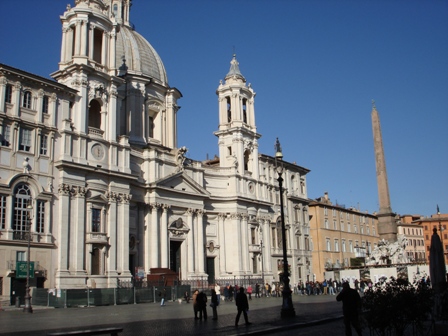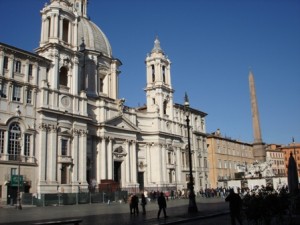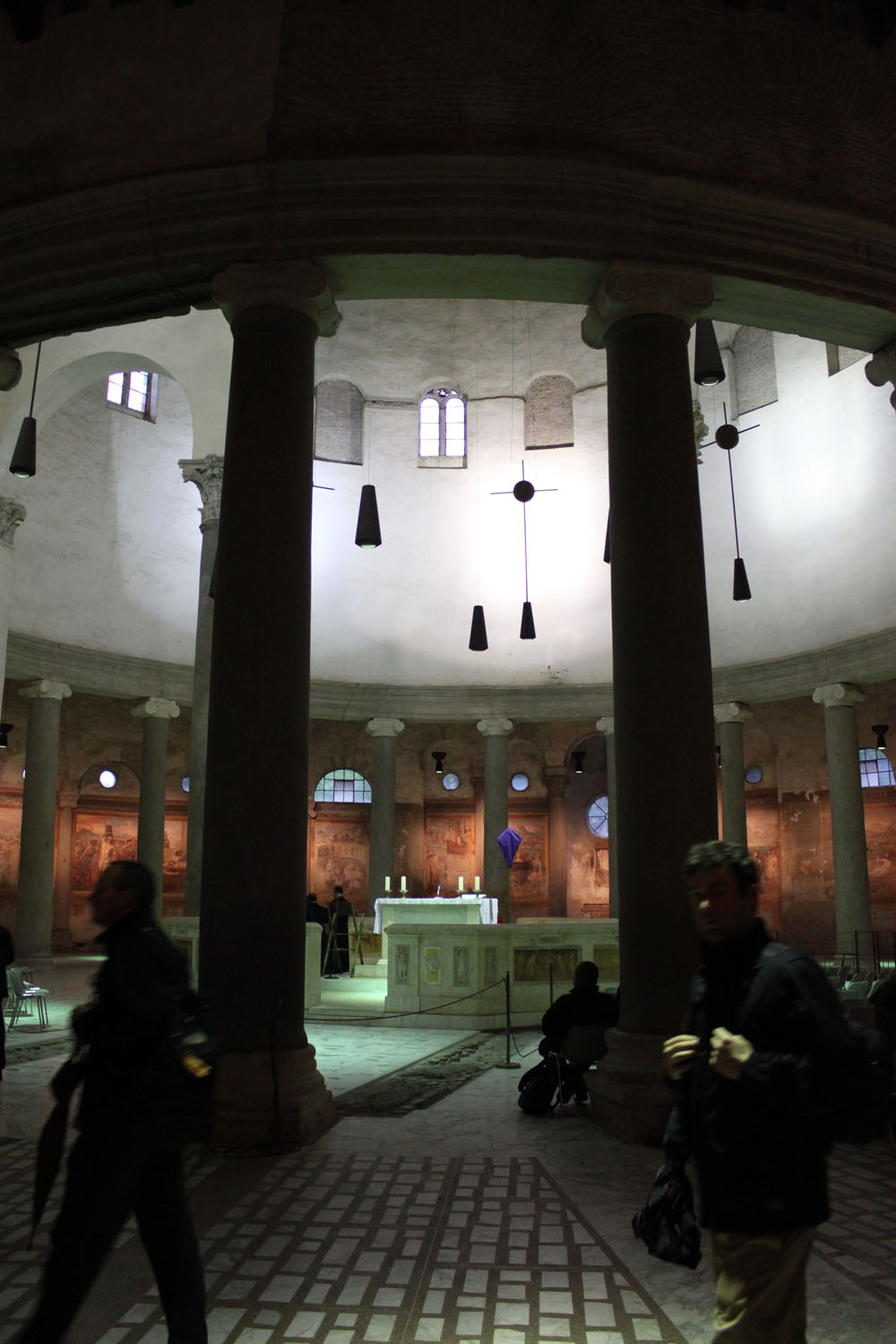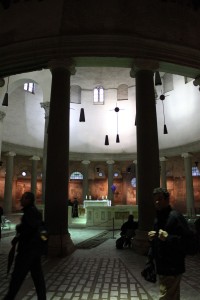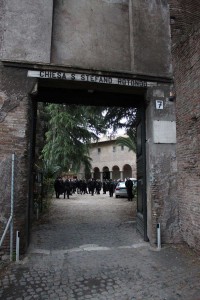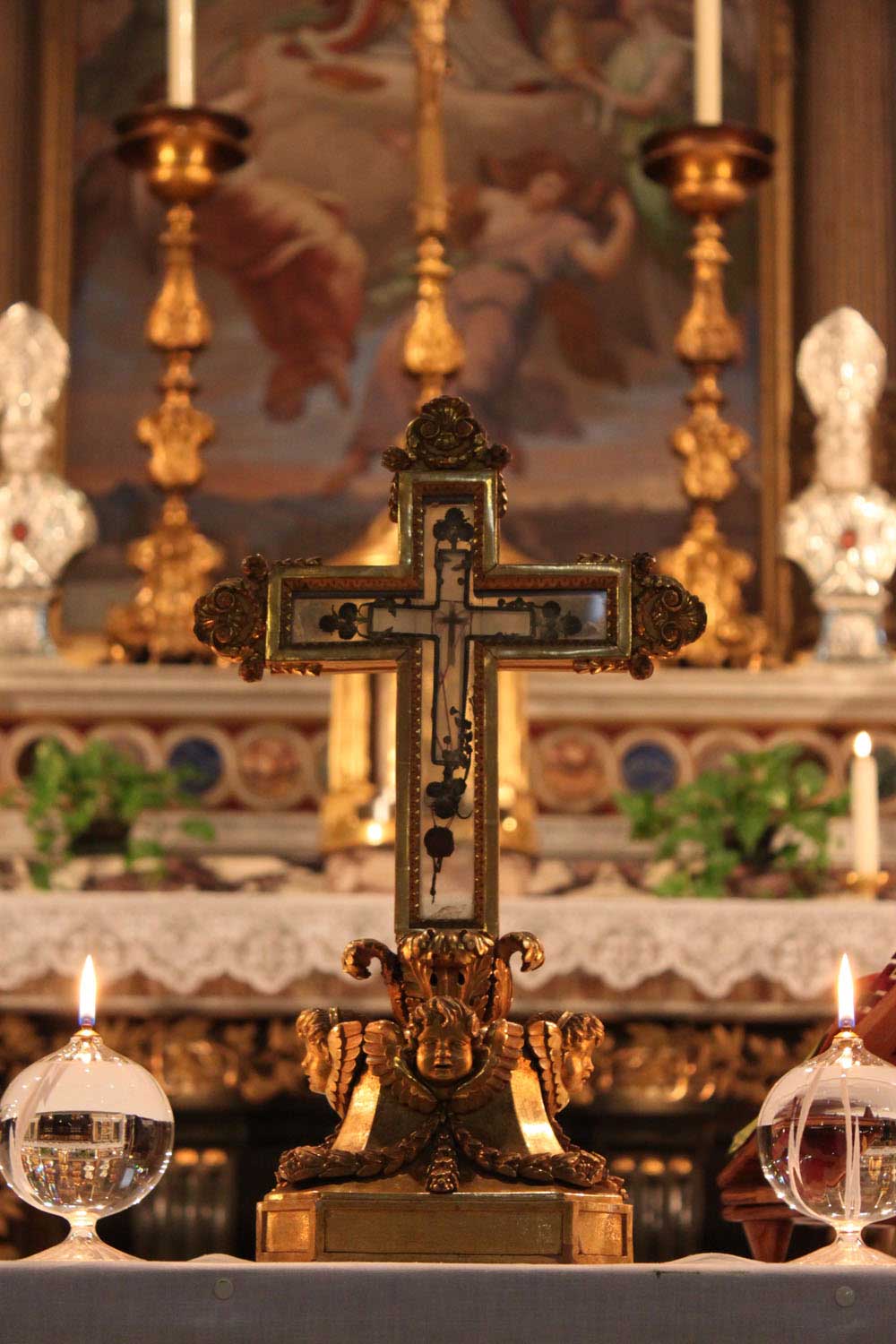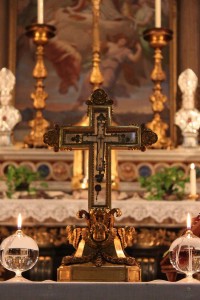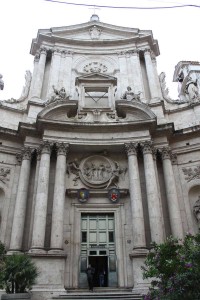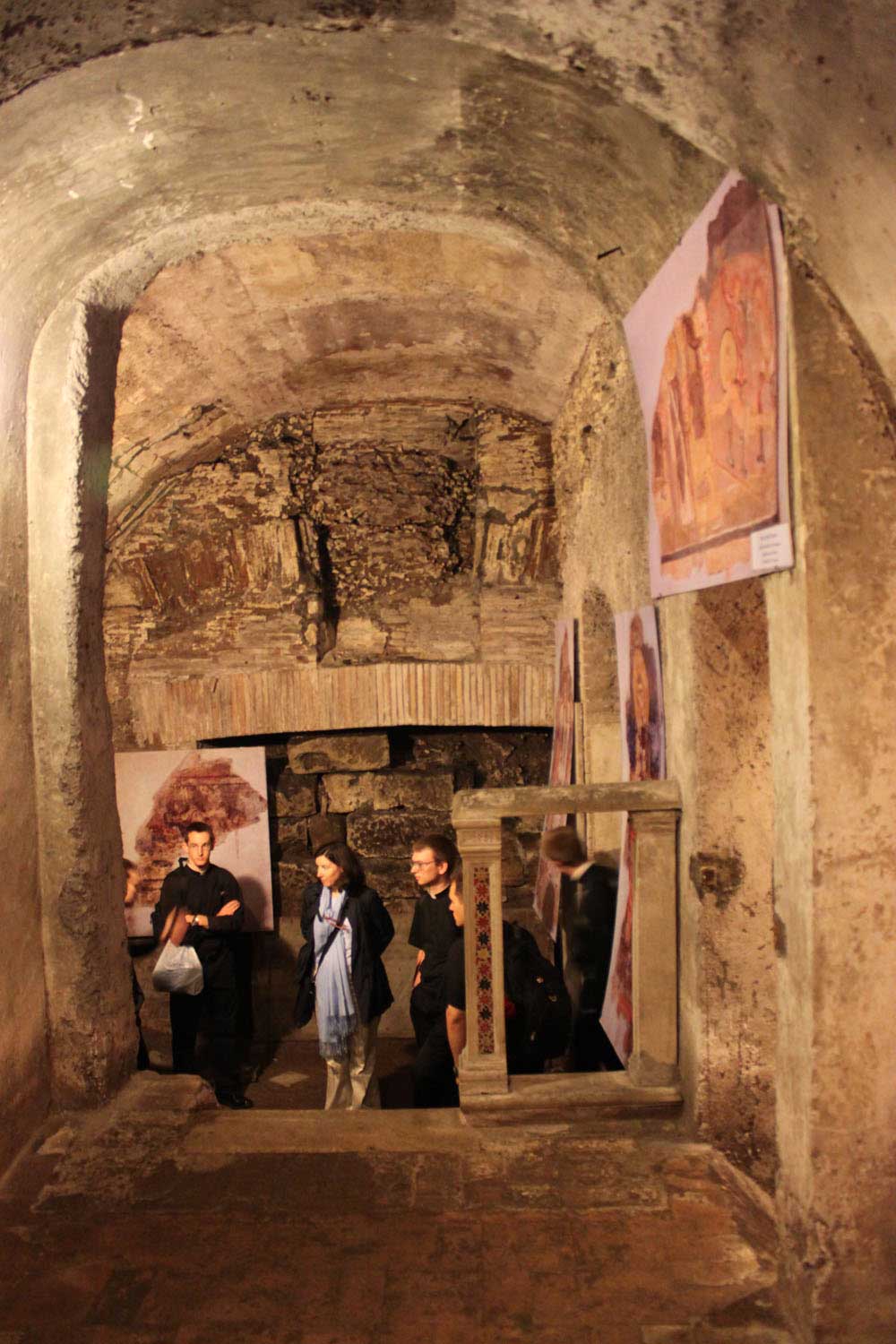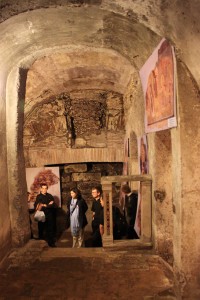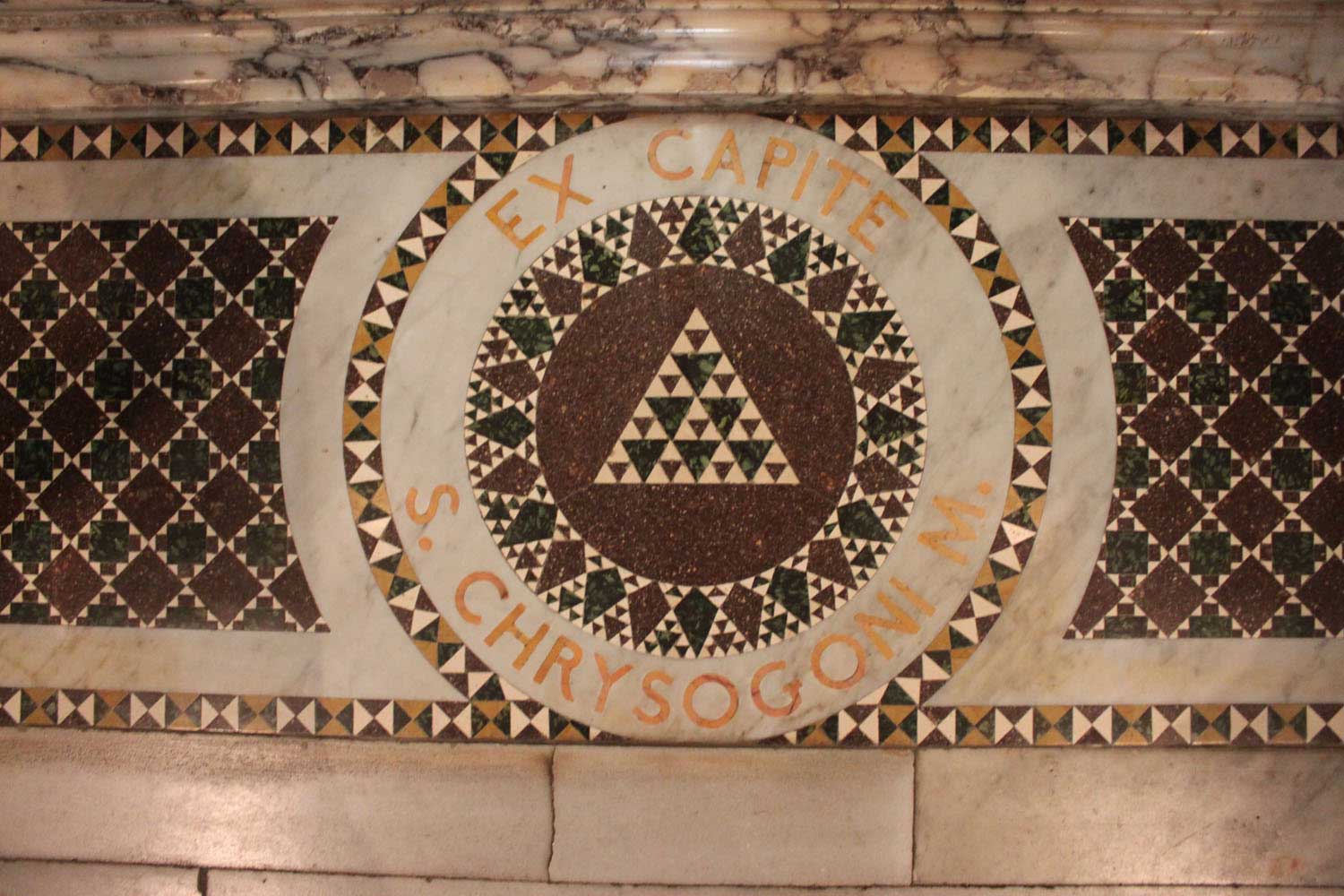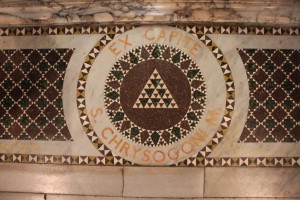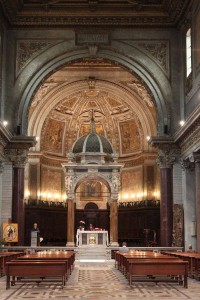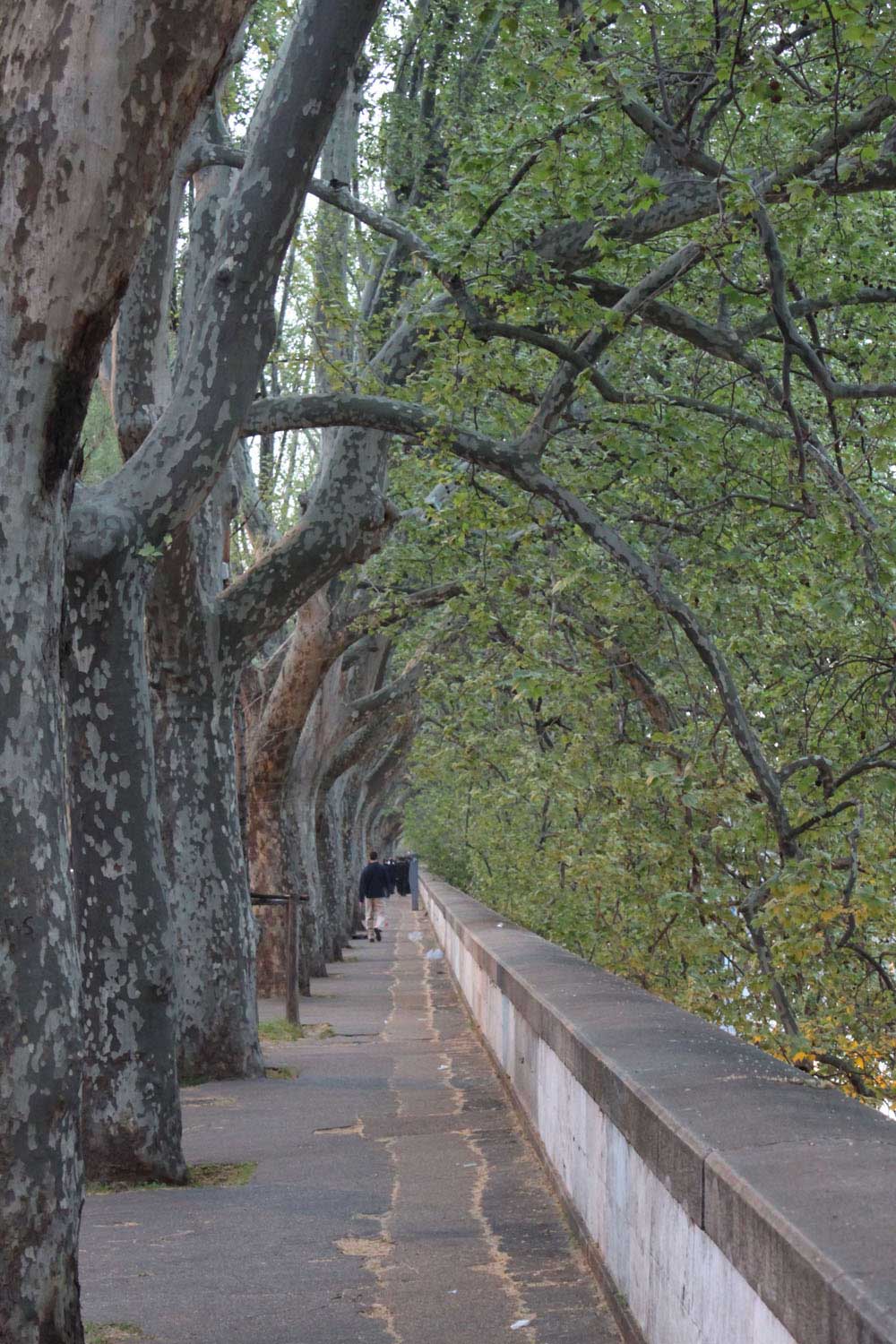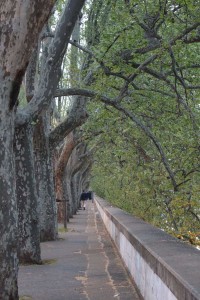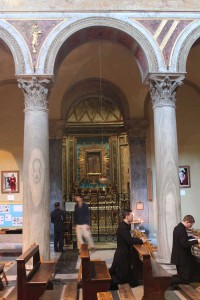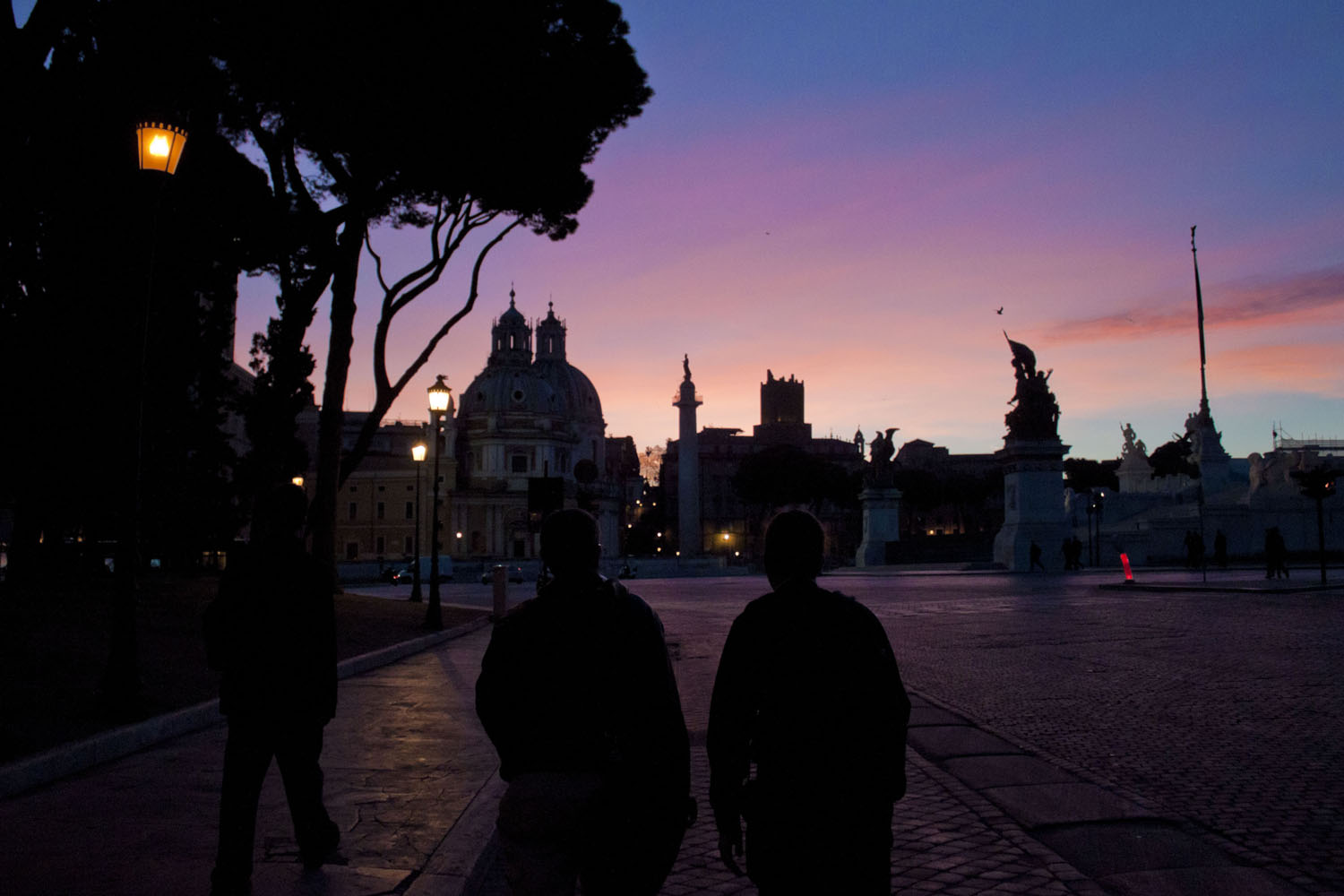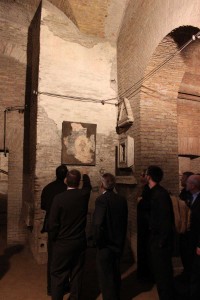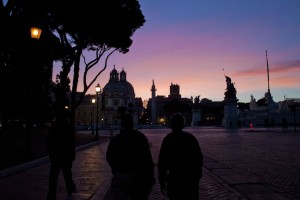I had the great fortune of being in Rome for the past ten days, attending a colloquium and doing some lecturing on the mission and vocation of the laity. The events brought together theologians, canon lawyers, diocesan directors and ecumenists to reflect on the role of the laity in church and society since the Second Vatican Council. In my own preparation I came across a phrase from Hans Urs von Balthasar who described the mission of the laity as “turning the face of the church toward the world.” He went on to say that the laity reveal “the worldliness of the church.”
Is this a good thing?
My first thought was “Is this a good thing?” We often hear the church accused of being too worldly—too concerned about money and material things. On the other hand, we have been trained to think of the church as all about the sacred and the world as all about the secular. Certainly, while walking the streets of Rome you see the sacred and secular living side by side. The vocation of the laity is to move the church from the side into the middle! The laity take the church to places that priests cannot; to boardrooms and bedrooms to breakfast tables and backyards.
A Church committed to the World
Rather than separating the secular and sacred, rather than thinking of the church as a refuge from the world or as an alternate existence, the Council Fathers pledged that the hopes and fears of the world will be the very hopes and fears of the church. We Catholics see the world as full of great ways to experience the love of God and share the love of God. We don’t see the world has hopeless and sit waiting for the kingdom to come. We don’t see people who don’t realize they’ve been given the gift of faith and decide we should simply ignore them. We don’t think that nothing good can possibly come from the marketplace. What we do see is a world that is good and can be made great by the power of the Gospel.
What the Fathers at the Council did realize was that the church can’t do this without the laity. The particular mission of the laity is secular, not in opposition to the sacred but rather living the sacred in the midst of the secular and thereby making the ordinary holy. Don’t we see people whose lives can be transformed by the Gospel and do we decide to share it with them? Haven’t we all seen a situation at work that can be solved or made better with the application of Gospel principles even if we never mention that is where we learned them? Haven’t we found ourselves thinking if only my friend would talk to a priest, he or she would feel so much better and see a way through this situation? Do we offer to make the introduction to the priest?
As lay women and men we need to recognize the power we have to make holy the ordinary things of life by infusing them with the spirit of God. The Church is depending on us to take it to the world.
If you are interested in learning more, my friend and colleague, Aurelie Hagstrom, who is chairperson of the theology department at Providence College wrote a book called The Emerging Laity in which she explores the work of the Second Vatican Council in this area.

